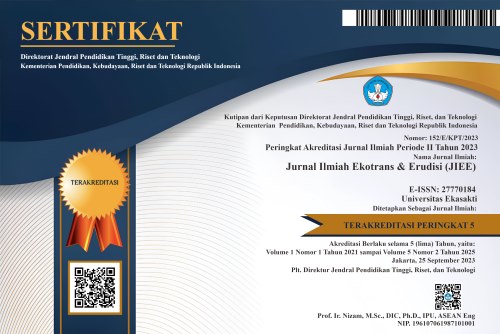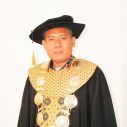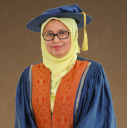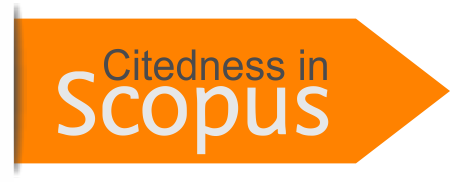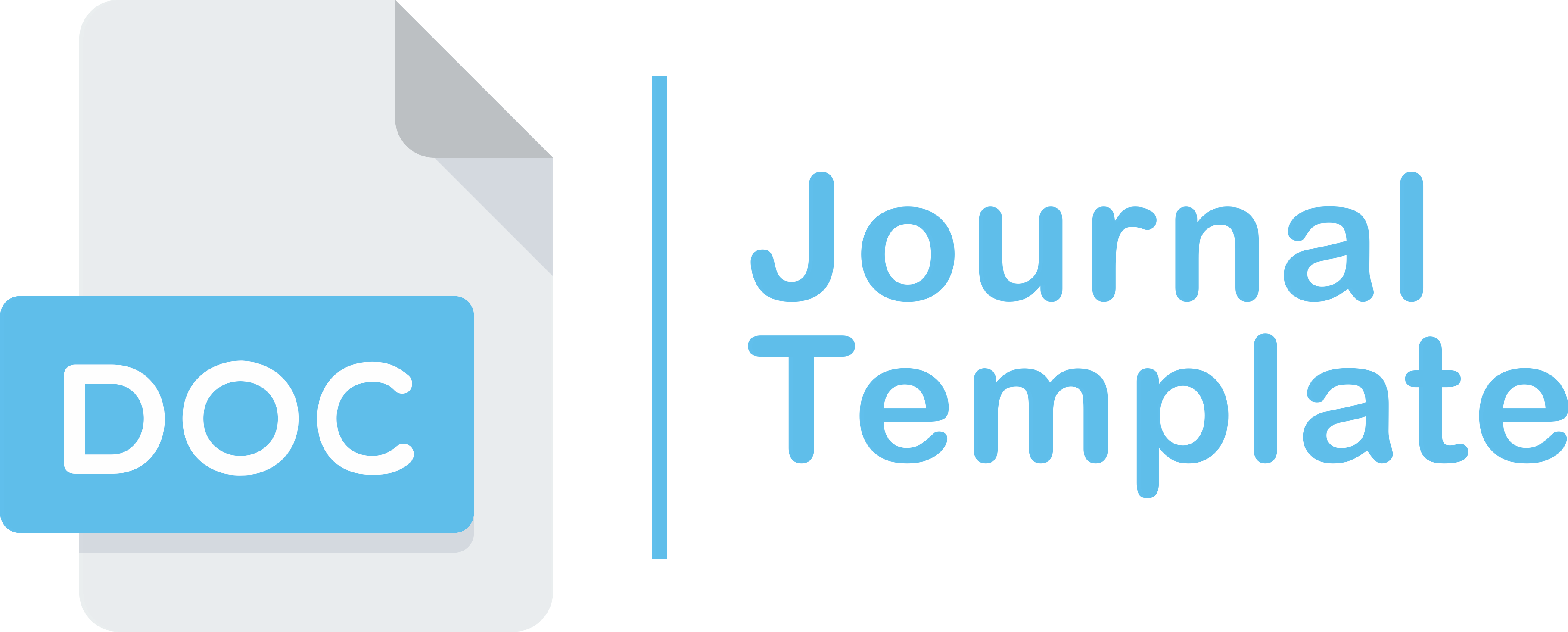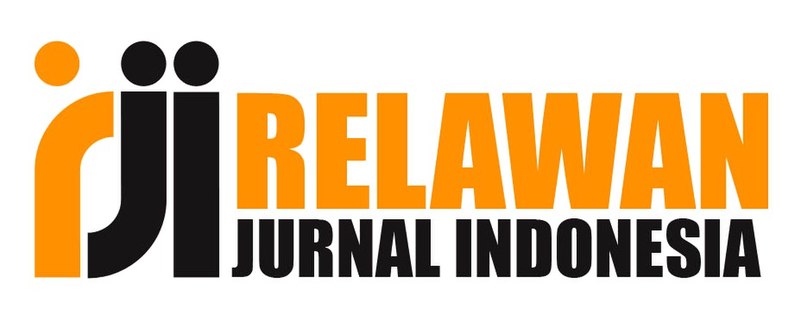Etnografi Komunikasi Basapa Di Ulakan Tapakis Kabupaten Padang Pariaman
DOI:
https://doi.org/10.69989/rnpyv681Kata Kunci:
Basapa, Ethnography Communication, Communication PatternsAbstrak
The tradition of basapa to the Tomb of Tuanku Syekh Burhanuddin is known as the name bersafar which in the pronunciation of the Minangkabau tongue becomes basapa, where this tradition is a historical tour of Islam found in West Sumatra. The communicative situation is using the nonverbal language used during the basapa tradition procession in the form of alms or infaq, pilgrimage, praying, praying, eating food & drinks placed on the tomb, dhikr, tadarusan, sholawatan, teachings of the syattariyah tarekat, well water, kimo water, watering stones ampa, and took the sand of the tomb. Basapa tradition communicative event is an annual tradition that is held on the 10th of the safar month. Where at that time the pilgrims and the people involved would follow a series of processions in the basapa tradition in the form of gratitude to thank Sheikh Burhanuddin for what he had fought for. They believe there is another goal of local beliefs, namely by following the basapa tradition we get a more sustenance, health and avoid catastrophe and so on. The communicative action that occurs is that people who follow the basapa tradition have a code or signal that is mutually agreed upon, this code has various forms and meanings. Communication patterns that exist in the basapa procession are primary communication patterns, because the processions in the basapa tradition use many verbal and nonverbal symbols
Unduhan
Referensi
Burhan Bungin. 2007. Penelitian Kualitatif. Jakarta : Kencana Prenada Media Group.
Dadang S.Anshori.2017. Etnografi Komnunikasi (perspektif bahasa). Jakarta : Rajawali Pers.
Deddy Mulyana. 2005. Komunikasi Antarbudaya. Bandung : Rosdakarya.
Djamarah Syaiful. 2014. Pola Asuh Orang Tua dan Komunikasi Dalam Keluarga. Jakarta : Rineka Cipta.
Engkus Kuswarno. 2008. Metode Penelitian Komunikasi (Etnografi Komunikasi). Bandung : Widya Padjajaran.
Hafied Cangara. 1998. Pengantar Ilmu Komunikasi. Jakarta: Raja Grafindo Persada.
Ibrahim. 2010. Panduan Etnografi Komunikasi. Surabaya : Usaha Nasional.
Imam Suprayogo. 2001.Metodologi Penelitian Sosial-Agama. Bandung: Remaja Rosda Karya.
Koentjaraningrat. 1985. Beberapa Pokok Antropologi Sosial. Jakarta : Dian Rakyat.
Muhammad Arni. 2004. Komunikasi Organisasi. Jakarta: Bumi Aksara.
Onong Uchjana. 1990. Ilmu Komunikasi Teori dan Praktek. Bandung : PT Remaja Rosdakarya.
Suranto A W.2012. Komunikasi Sosial Budaya. Yogyakarta : Graha Ilmu.
Spradley P, James. 1997. Metode Etnografi (terj. Elizabeth, Misbah Z.). Yogyakarta: PT. Tiara Wacana Yogya.
Tubbs SL, Moss S. 2011. Humas Communication (Prinsip-prinsip Dasar). Bandung : PT Rosdakarya.
Mulia, R. A. (2019). PERANAN PROGRAM KOPERASI JASA KEUANGAN SYARIAH BAITUL MAAL WAT TAMWIL (KJKS BMT) DALAM PEMBERDAYAAN PELAKU USAHA MIKRO KECIL MENENGAH DI KOTA PADANG. Ensiklopedia Sosial Review, 1(3).
Saputra, N., & Mulia, R. A. (2020). Kontribusi Kompensasi Dan Motivasi Kerja Terhadap Kepuasan Kerja Pegawai Di Dinas Pendidikan Dan Kebudayaan Kabupaten Agam. Ensiklopedia Sosial Review, 2(1).
Sumartono, S. (2016). Komodifikasi Media dan Budaya Kohe. Jurnal The Messenger, 8(2), 43-51.
Unduhan
Diterbitkan
Terbitan
Bagian
Lisensi
Hak Cipta (c) 2021 Rahmi Ediyanti, Sumartono Mulyodiharjo, Zumiarti Zumiarti (Author)

Artikel ini berlisensiCreative Commons Attribution-ShareAlike 4.0 International License.
Copyright Notice
An author who publishes in the journal "Jurnal Ilmiah Ekotrans & Erudisi" agrees to the following terms:
Author retains the copyright and grants the journal the right of first publication of the work simultaneously licensed under the Creative Commons Attribution-ShareAlike 4.0 License that allows others to share the work with an acknowledgement of the work's authorship and initial publication in this journal
Author is able to enter into separate, additional contractual arrangements for the non-exclusive distribution of the journal's published version of the work (e.g., post it to an institutional repository or publish it in a book) with the acknowledgement of its initial publication in this journal.
Author is permitted and encouraged to post his/her work online (e.g., in institutional repositories or on their website) prior to and during the submission process, as it can lead to productive exchanges, as well as earlier and greater citation of the published work (See The Effect of Open Access).
All materials in this site are protected by the law. It is prohibited to quote a part of or all of this website contents for commercial purposes without the permission or consent of the editors.
If anyone finds one article or more in this journal violate or potentially violate one’s copyrights, please report to us through e-mail of Principle Contact.
Legal-formal aspects of accessing any information and manuscript in this journal website refer to the provision of license Creative Commons Attribution-Share Alike (CC BY-SA). Read more about the Creative Commons Attribution-ShareAlike 4.0 Licence here: https://creativecommons.org/licenses/by-sa/4.0/.
All information available in 'Jurnal Ilmiah Ekotrans & Erudisi' is academic in nature. 'Jurnal Ilmiah Ekotrans & Erudisi' is not responsible for loss due to the abuse of information in the website.
Information
Notice about change in the copyright policy of the journal 'Jurnal Ilmiah Ekotrans & Erudisi' : "From Volume 1, Nomor 1 onwards the copyright of the article published in the journal 'Jurnal Ilmiah Ekotrans & Erudisi' will be retained by the author"
Privacy Statement
The names and email addresses entered in this journal site will be used exclusively for the stated purposes of this journal and will not be made available for any other purpose or to any other party.






